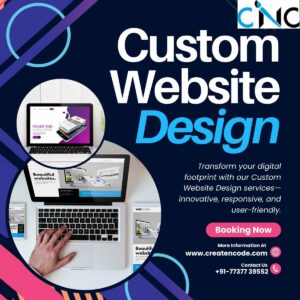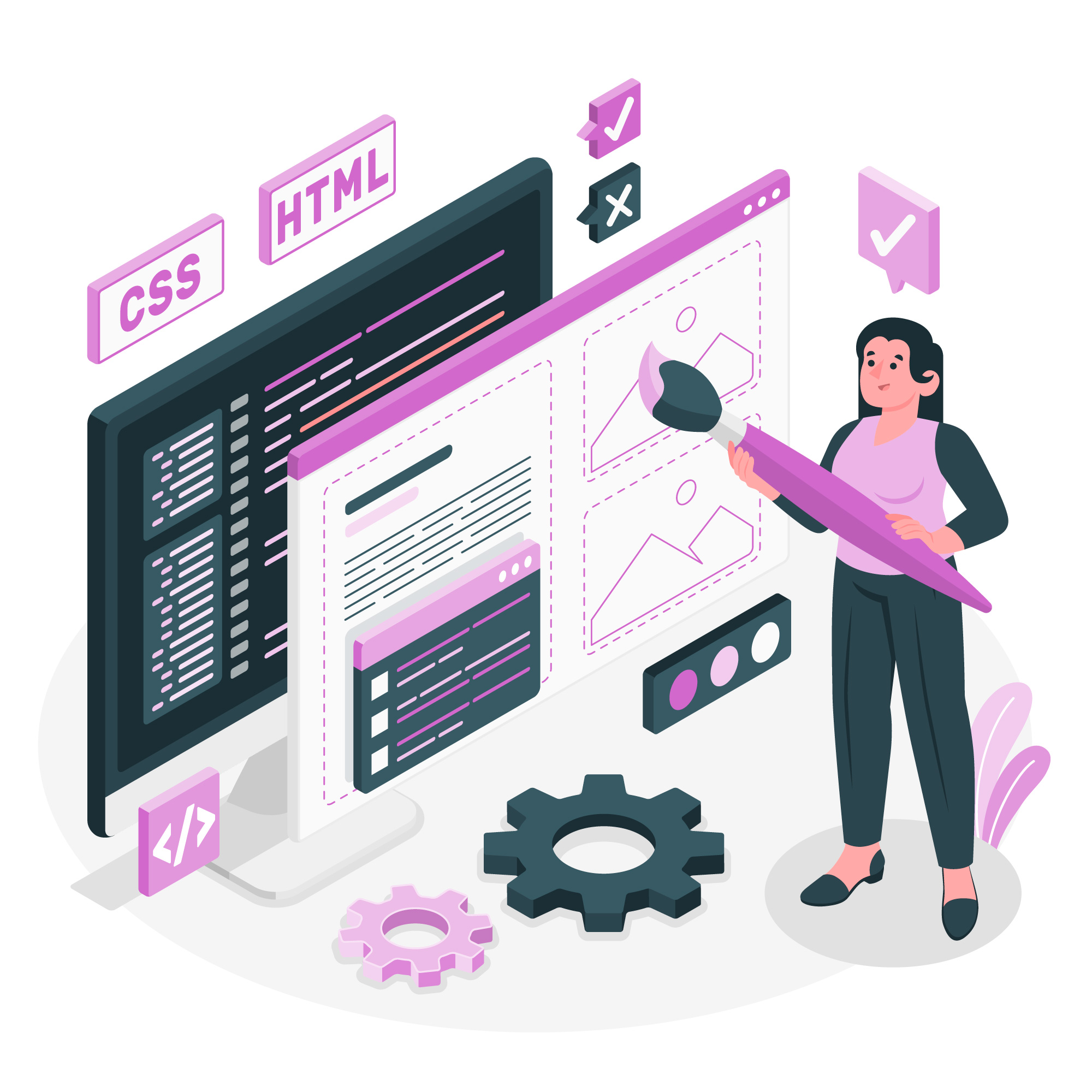A well-designed website is a business's digital shop, therefore it's critical to develop a user experience that is both fun and easy to use. Website design influences visitors' perceptions of a brand as well as their interactions with it. Important factors that make web design crucial are as follows:
Initial Thoughts: A website that is visually appealing makes a good first impression and entices users to explore more. UX, or user experience A well-designed interface facilitates navigation, making it simpler for users to locate information and carry out required tasks.
Brand Recognition: A strong brand identification and awareness are established with the use of consistent branding elements, such as color schemes and typography.
Conversion Rates: Having well-designed calls-to-action and efficient checkout procedures can result in increased conversion rates.
Search Engine Optimization (SEO): A well-structured website is more likely to rank higher in search engine results, driving organic traffic.

Key Elements of Web Design and SEO Indore :
1. Design that is responsive
Responsive design is crucial because mobile devices are being used for surfing more and more. A website that is responsive adjusts to different screen sizes so that users on PCs, tablets, and smartphones have a flawless experience. Thanks to Google giving preference to mobile-friendly websites, this not only improves user experience but also boosts search engine ranks.2. Sense-Based Navigation
A website's navigation must be simple to use and easy for people to navigate. Important characteristics consist of: Simple Menu Structure: Content that is arranged into categories that are simple to find makes it easier for users to find what they're looking for quickly. Breadcrumbs: These helpful navigation tools let visitors know where they are in the site structure, which makes it simpler for them to go back and find more information. Search Functionality: Users may find certain products or information fast thanks to a prominent search bar.3. Hierarchical Visuals
Creating a distinct visual hierarchy aids in drawing users' focus to a webpage's most crucial components. This can be accomplished by: Font Size and Weight: To assist distinguish material, use bolder, larger fonts for headings and lighter, smaller fonts for body text. Color Contrast: Highlighting important information and ensuring readability are achieved by using contrasting colors for the background and text. Whitespace: Sufficient distances between components reduce clutter and improve the design's overall appeal.4. Superior Imagery
Users are significantly more engaged by visual content. Exquisite photos, movies, and graphics can improve the whole buying experience and aid in the efficient display of products. Important things to think about are: Expert Photographers: Purchasing high-quality product photography can greatly raise the perceived value of a product. Image Enhancement: Compressing images to reduce loading times while maintaining quality is essential for performance.




